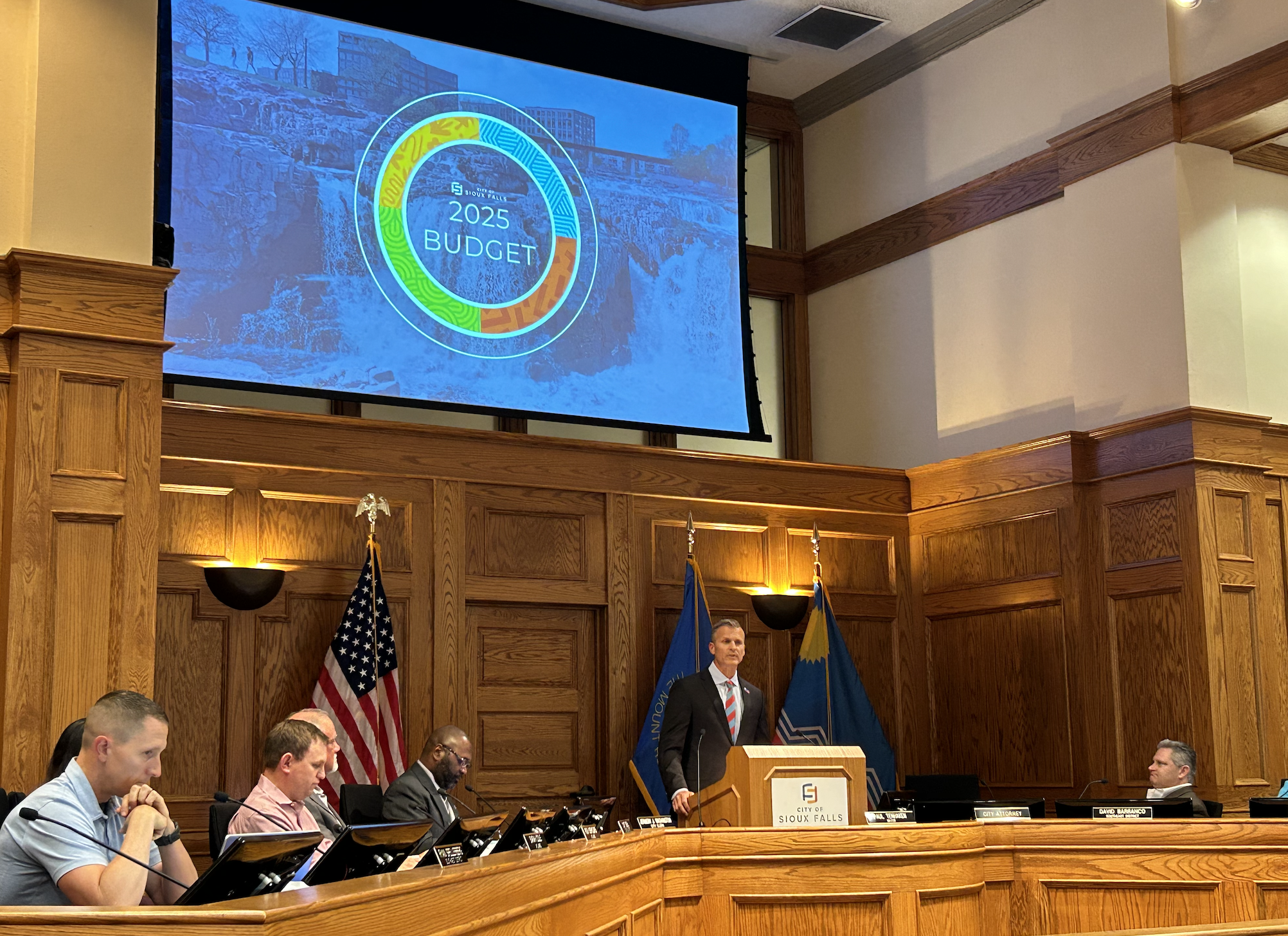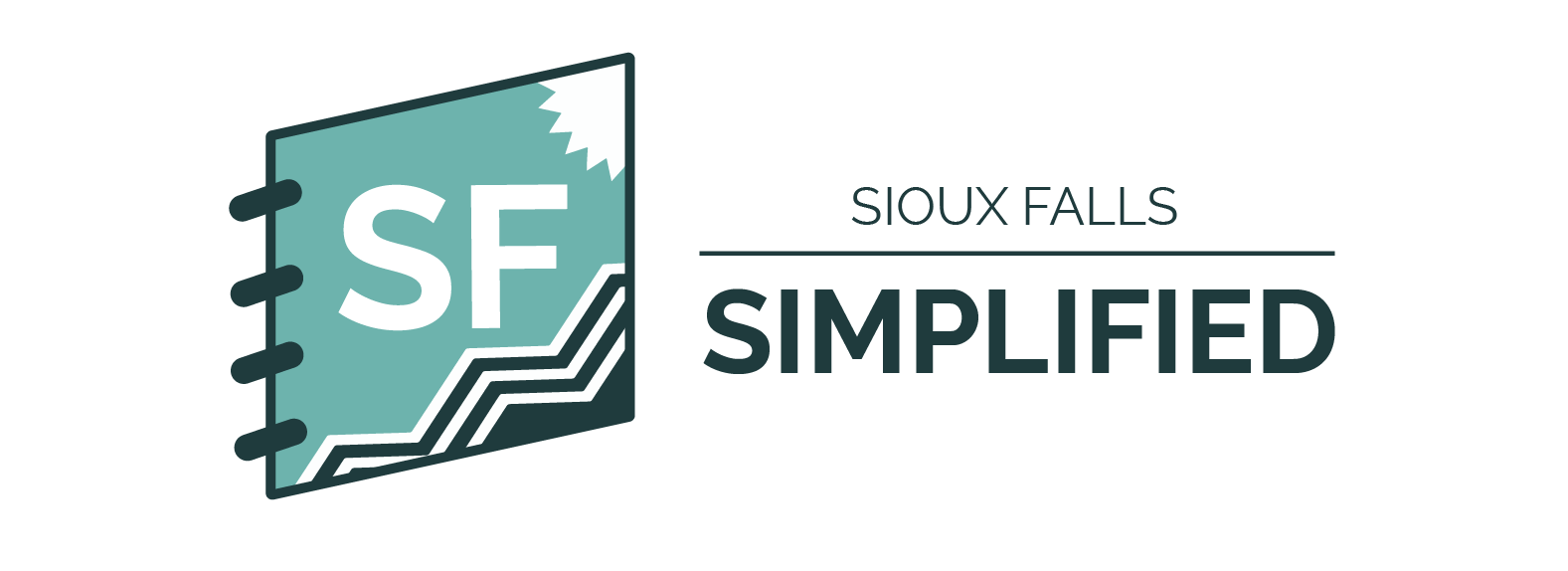Simplified: Mayor Paul TenHaken on Thursday unveiled a $781 million budget proposal for next year to a standing-room-only crowd at Carnegie Town Hall. Here's a simplified look at what's included.
Why it matters
- This is the first time in TenHaken's tenure as mayor that he's proposed a budget lower than the year prior.
- Each year since taking office (until now), TenHaken's proposed budget has broken the record for largest in city history – starting with a $498 million proposed budget for 2019 and maxing out at a proposed $790 million budget last year.
- Additionally, TenHaken noted the impacts of inflation on city projects, and he said the current budget was put together not taking into account the potential ramifications of Initiated Measure 28, which, if passed in November, would mean the state could no longer collect sales tax on groceries and other consumables.
- TenHaken's speech announcing the budget emphasized past decisions that were transformational to the city, such as creating the Washington Pavilion or building the Premier Center. He also noted opportunities to make similar decisions this year with the proposed aquatics bond and the opportunity to buy eight acres of land near downtown, commonly known as the Riverline District.
"We stand at a pivotal moment with incredible opportunities to take care of today for a better tomorrow and transform Sioux Falls, while maintaining fiscal responsibility," TenHaken said.
Show me the numbers
Here are some data points from Thursday's budget address:
- $781 million: the total annual budget
- 28: the number of new full-time positions TenHaken is proposing to add to the city staff (including seven new police officers)
- 23,000: the number of people who've moved to Sioux Falls since 2019 (see also: nearly the population of Brookings)
- $503 million: the valuation of building permits the city has seen so far this year. We're once again on track to hit $1 billion in valuation
- 30 million: the number of gallons per day the water reclamation plant will be able to process when the expansion is completed next fall – previously the maximum was 21 million gallons per day
- 8 million: the estimated cost to buy the parcel of land slated to be the future Riverline District downtown
- More than 40%: how much equipment costs have increased in the last several years. TenHaken shared the example of a fire ladder truck, which is up 42% since 2018.
Want to see the entire budget? It's all right here.
What's the initial response from City Council?
There weren't really any surprises, councilors said, though there are still specifics to work out particularly on the aquatics bond and as the councilors look department-by-department in the coming weeks.
Councilor Jennifer Sigette called it a "responsible" budget.
"In an election year, I think it's just smart for us to maintain status quo," she said.
Councilor Miranda Basye said she was excited to hear the mayor mention working with neighborhoods and social services in ongoing discussions about the Riverline District.
Councilor Rich Merkouris liked seeing a focus on public safety, infrastructure and affordable housing, though he still has a number of questions about quality of life stuff including aquatics and the future Riverline District.
Councilor David Barranco said a big priority of his will be to see the city work more quickly on getting a report-to-work station in the southeast part of town. Right now, it's slated to be built in 2028, and he'd like to see that bumped up maybe even to 2026.
Councilors – and TenHaken himself, in a Dakota Scout article – also expressed an openness to letting the public vote on whether there should be a convention center in downtown Sioux Falls.
- The decision to spend $8 million to purchase the land, though, will rest solely with the council in approving the 2025 budget.
What happens next?
The council will meet several times over the next month to hear more specifics on each city department's budget proposal, and they're expected to approve a final budget in September.

